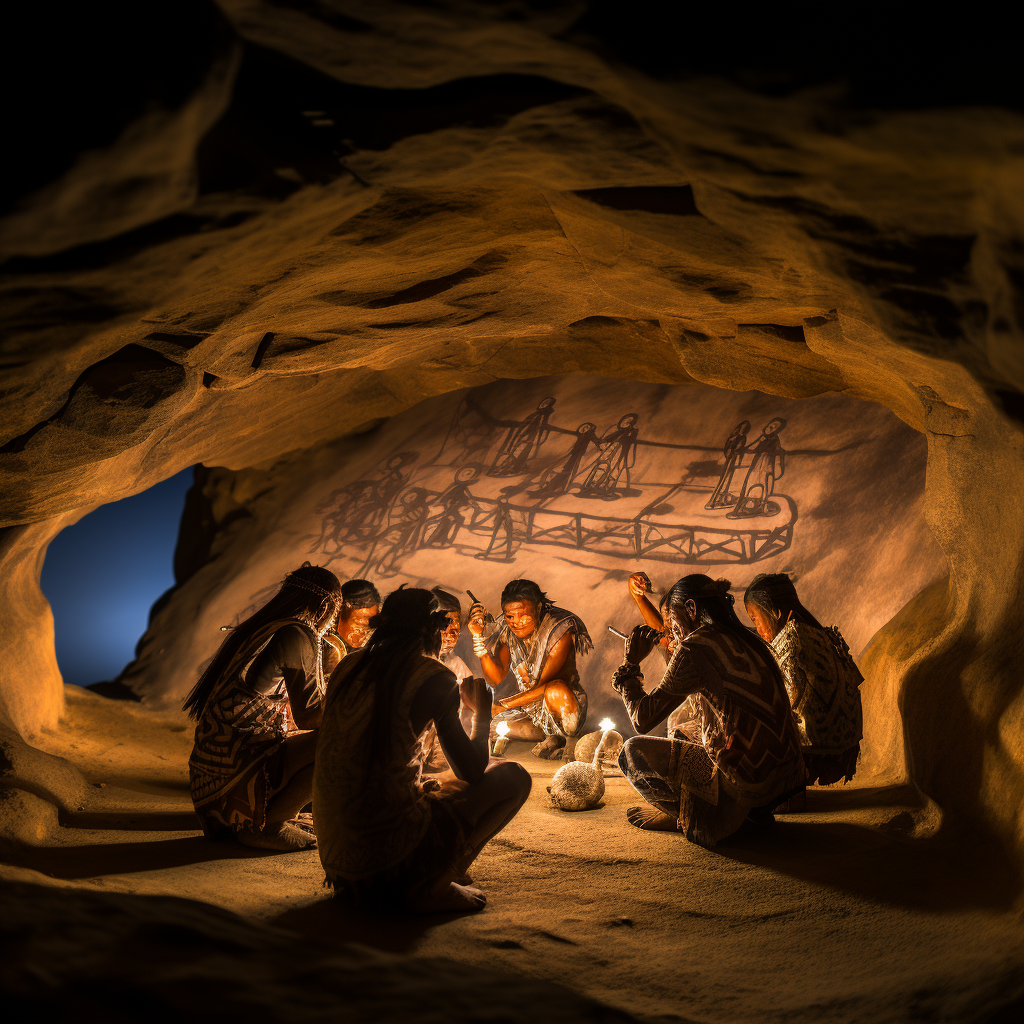The Stone Age, is the longest age in human history. It spans from around 3.4 million years ago to about 4,000 years BCE. The Stone Age saw humans first use of stone tools and weapons. Its so long that it is divided into three main periods. the Paleolithic, the Mesolithic, and the Neolithic.
During the Paleolithic period, or the Old Stone Age, humans were hunter-gatherers. Humans were on the move to ensure survival. We would have roamed the earth in search of food and shelter. The first humans created simple stone tools and weapons. These tools such as hand axes and spears, that helped them survive in the wild.
The Mesolithic period, or the Middle Stone Age, saw the development of more advanced stone tools. Tools such as microliths and composite were starting to become widespread. Humans finally started to settle in specific areas and developed a more complex social structure.
The Neolithic period, or the New Stone Age, marked a significant shift in human history. We began to engage in agriculture and animal husbandry. This created an abundance of food and supplies. From this abundance humans could raise permanent settlements. They would need to me more organized and led to the development of more complex societies. This period also saw the emergence of pottery, textiles, and the first civilizations in the Near East.

Deeper on this topics we will explore the different periods of the Stone Age in more detail. We will be going over the lifestyles and technologies of the people who lived during these times, as well as their art, culture, and religion. We will also discuss some of the major developments and innovations that occurred during the Stone Age. These are core on the path to our modern human civilization. So join us on this journey through time as we delve into the rich history of the Stone Age!
Deeper Reading:
- “The Dawn of Human Culture” by Richard G. Klein
- “The Human Revolution: Behavioural and Biological Perspectives on the Origins of Modern Humans” edited by Paul Mellars and Chris Stringer
- “Mesolithic of Europe” by Graeme Barker and Penny Spikins
- “The Mesolithic Age in South Asia: Tradition and Transition” by V. N. Misra
- “The Birth of the Gods and the Origins of Agriculture” by Jacques Cauvin
- “The Neolithic Revolution in the Near East: Transforming the Human Landscape” by Alan H. Simmons
